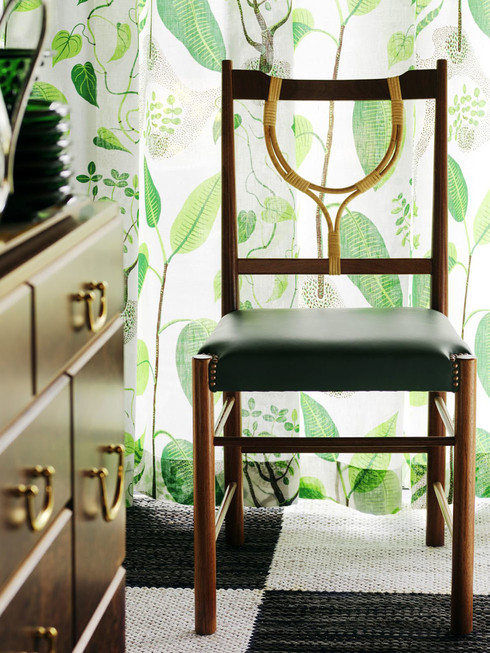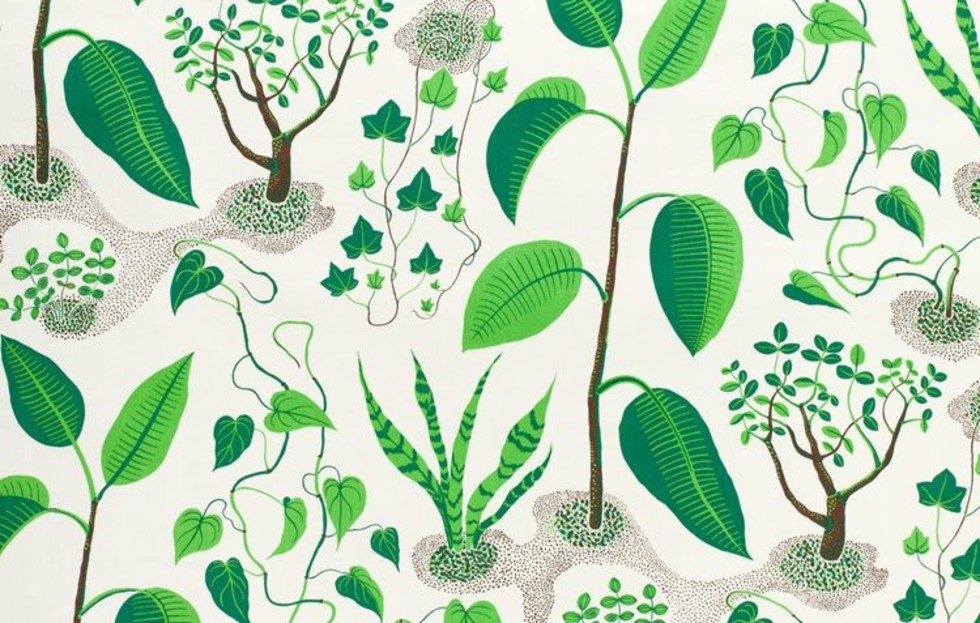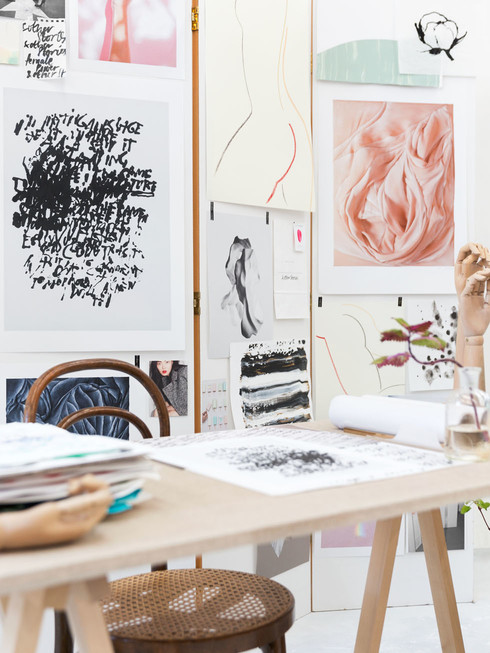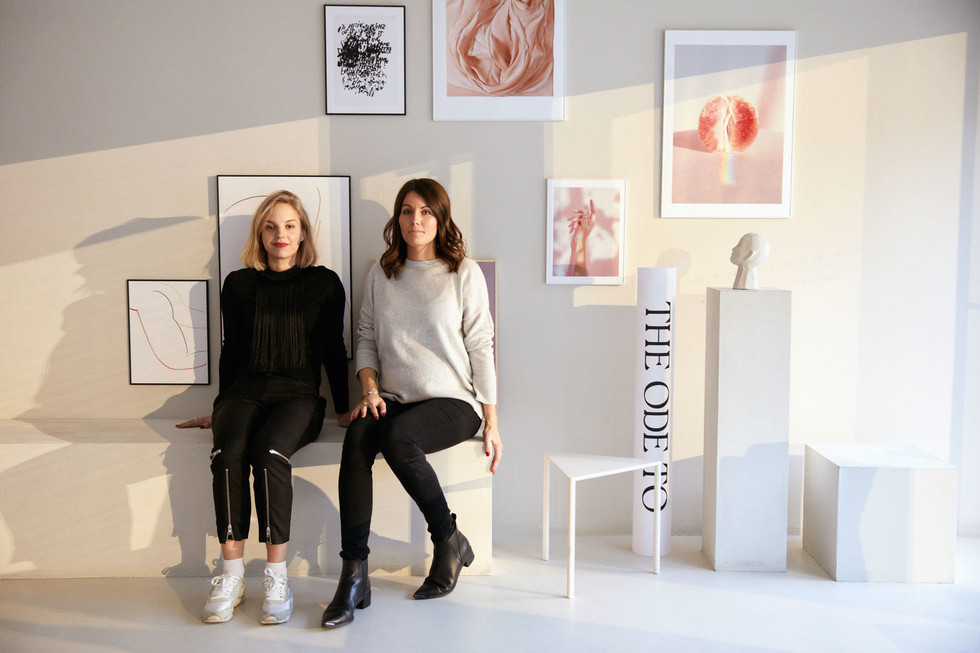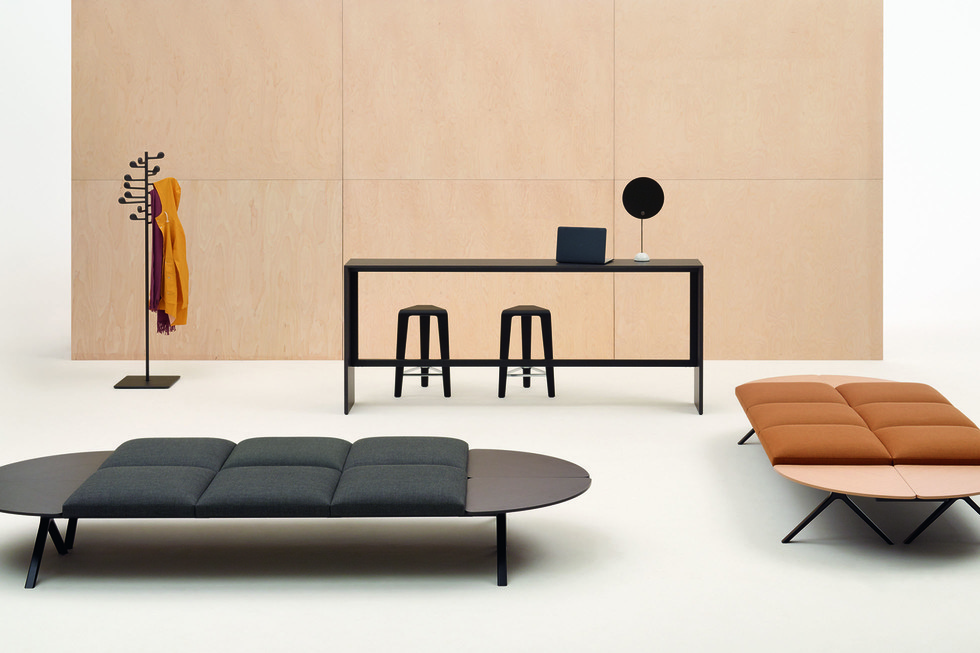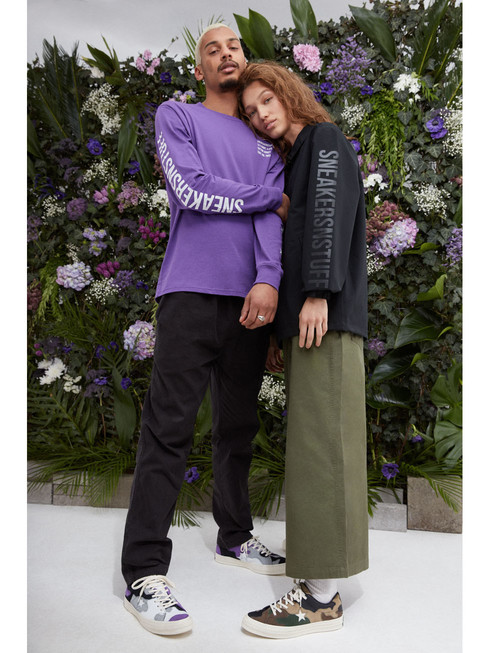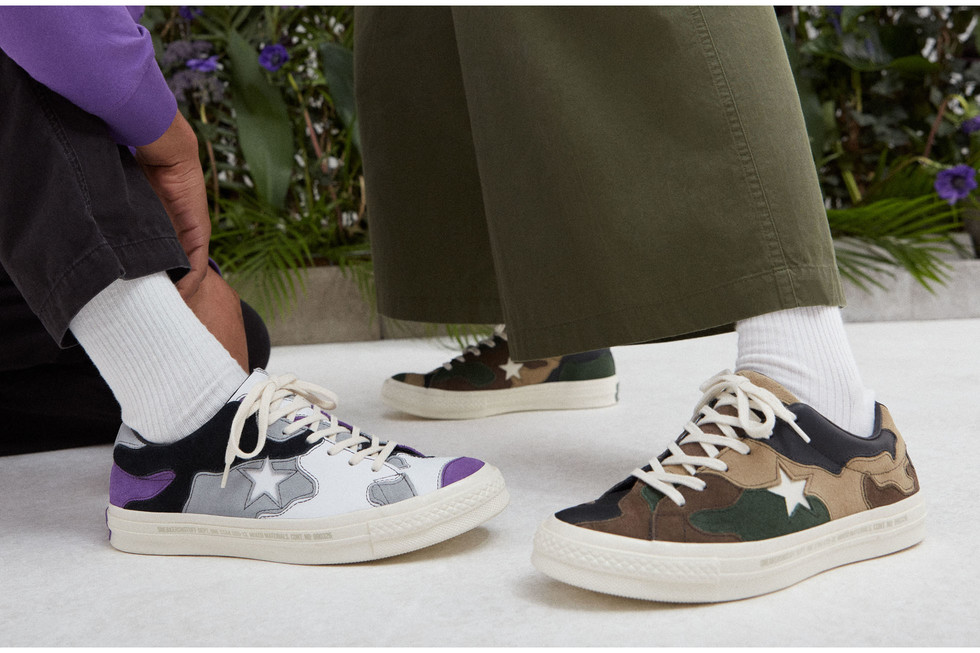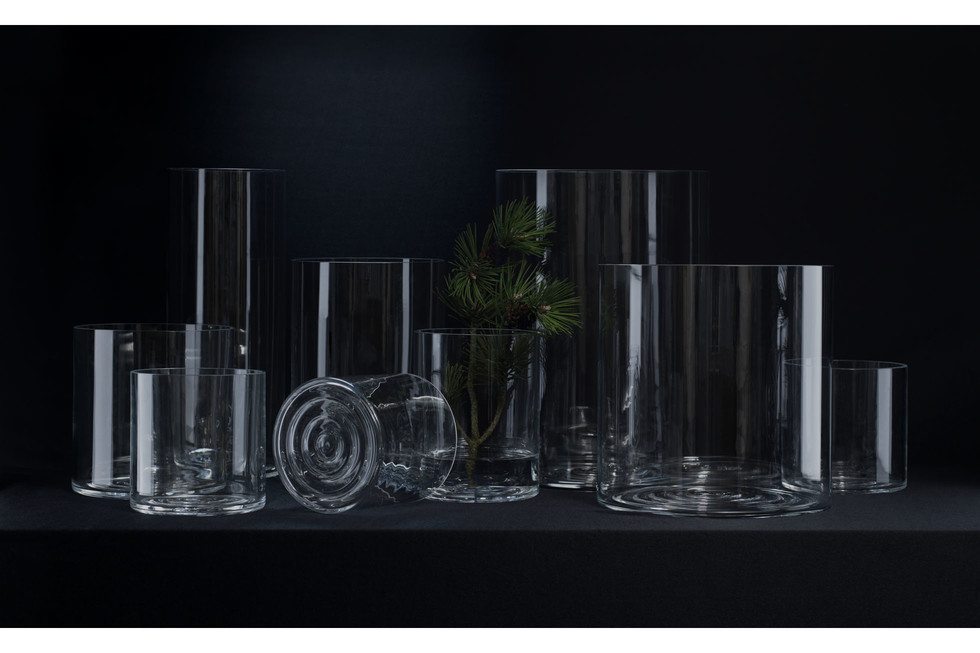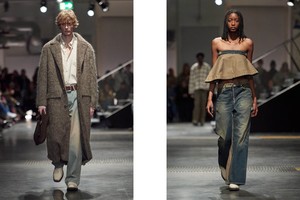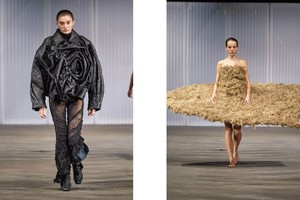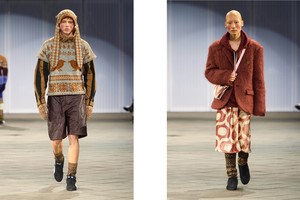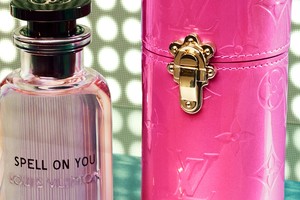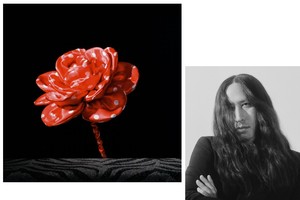Designer Martin Bergström x Lapponia
Written by Fashion TalesDesigner Martin Bergström joins the respected group of Lapponia designers with his first ever jewelry collection for Lapponia. To be launched in April this year, The Kuu Collection – a collection named after the Finnish word for moon - is a manifestation of Bergström’s eye-catching style, and a perfect fit to Lapponia, known for its convention-breaking designs. Pale moon and dark Nordic skies are the inspiration behind Bergström’s collection: “I’ve always been attracted by the Moon - this mystical element that greatly affects our daily lives. the Moon orchestrates a constant circle of tides, seasons and moods that affect Life on Earth more than we realize”, states Bergström.
The Kuu Collection is a crossover of organic shapes and contemporary fashion. “The collection is composed of several separate pieces, all combinable in multiple ways. I want the consumer to give the final touch to the collection by deciding how to wear and combine it.”, says Bergström. The Kuu Collection includes e.g. five separately sold and freely combinable earrings. The collection also includes Lapponia’s signature chain, originally designed by jewelry artist and sculptor Björn Weckström, who originally developed Lapponia’s unique design language. “With this selection, I wanted to pay my respect to Lapponia’s heritage and the work of Mr. Weckström.”
For Bergström, it always begins from hand-drawing; two-dimensional surfaces and shapes inspired by the weirdness of Nature. Roots, decomposition and organic elements develop in his hands into breath-taking abstract forms that have become Bergström’s signature. The Designer works with several international brands in the fashion and interior industry, creating intriguing prints and collections for them.
The Kuu Collection is available from selected Lapponia Jewelry retailers and www.lapponia.com from April 30. For items made by order delivery time is 6 weeks.



